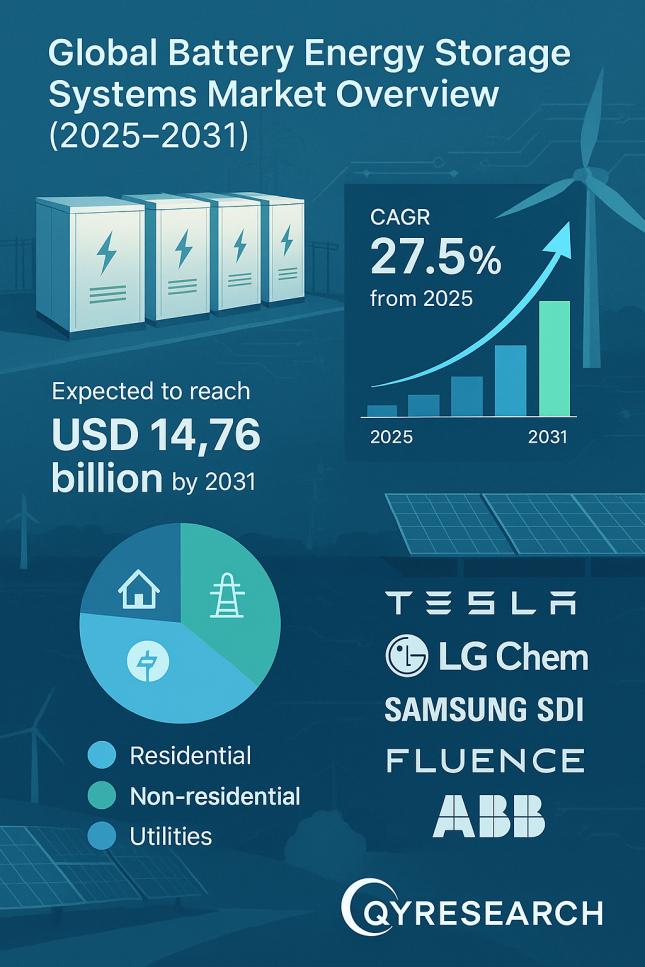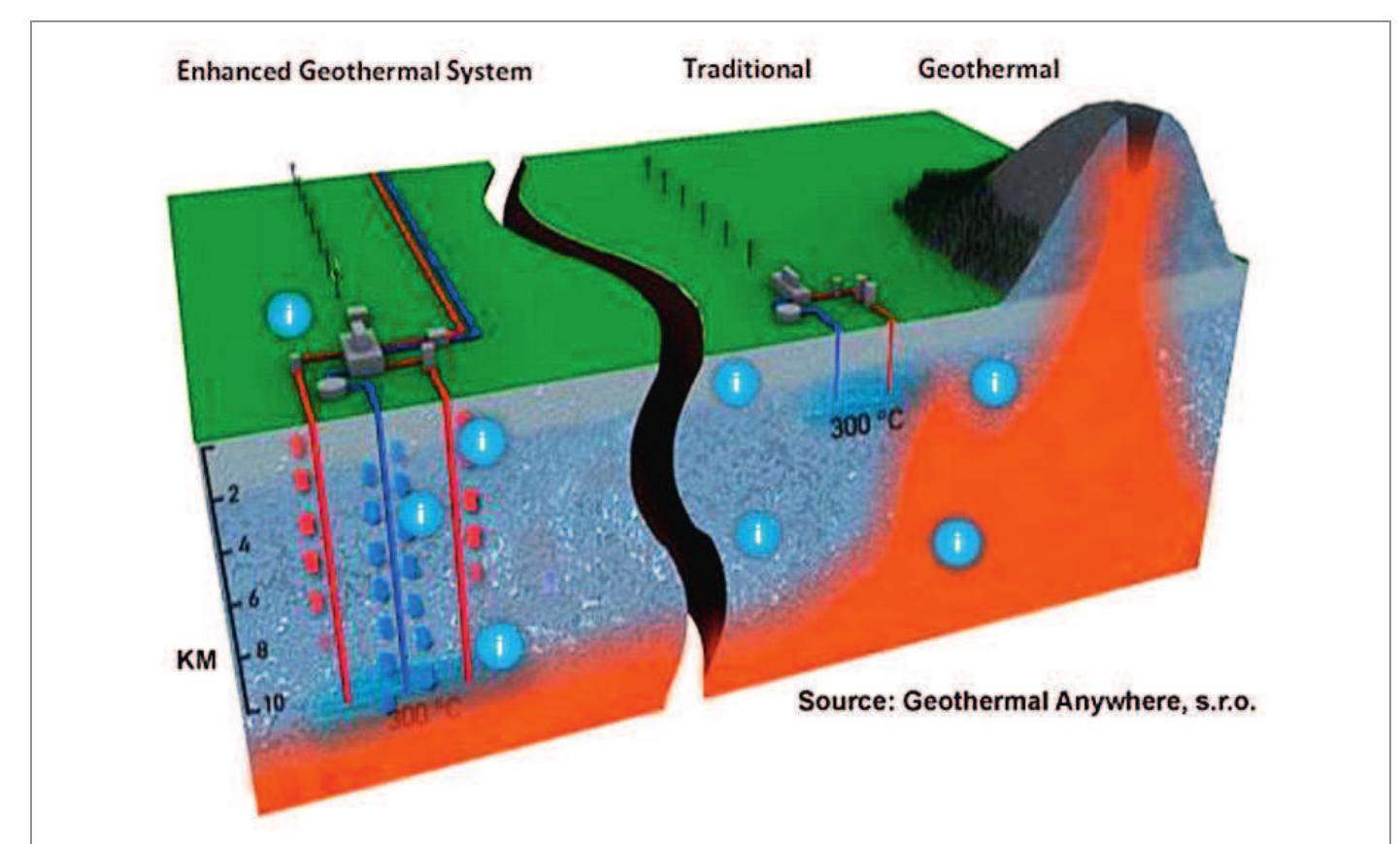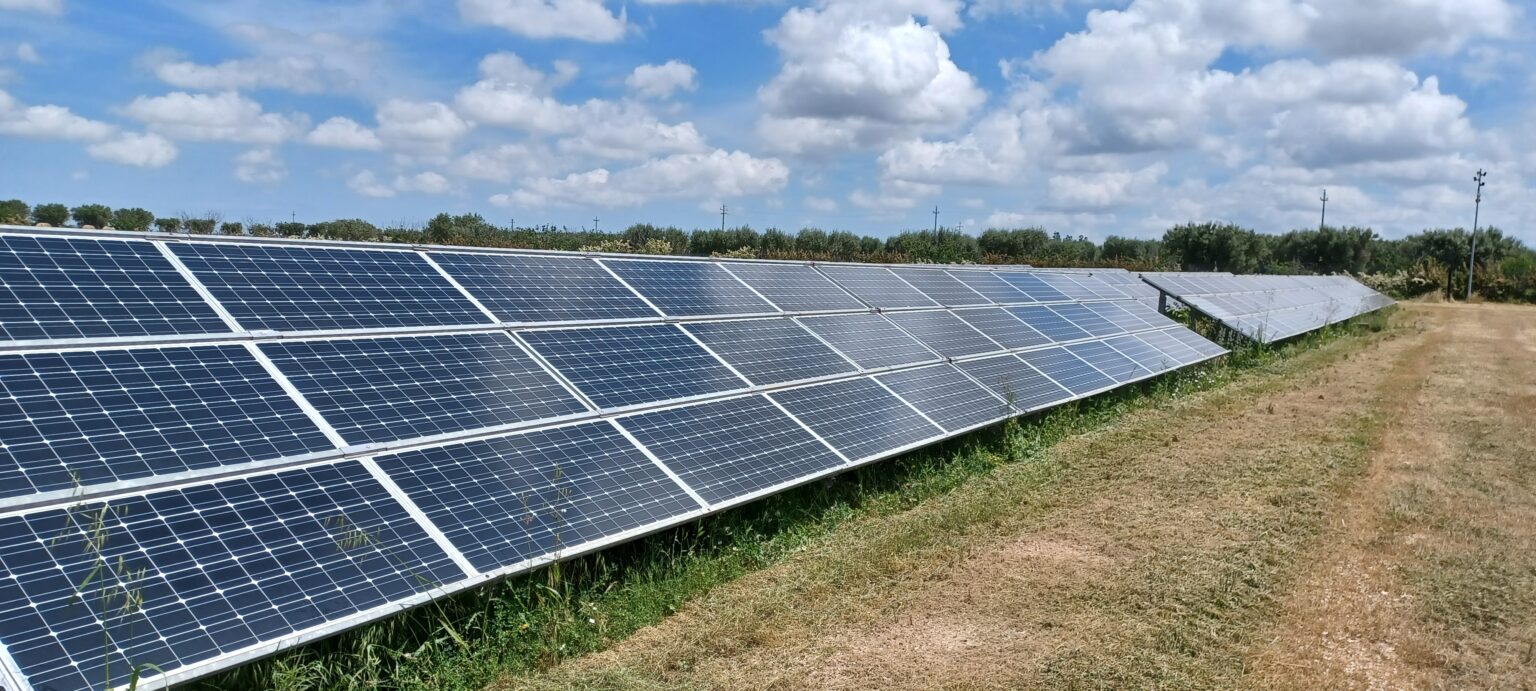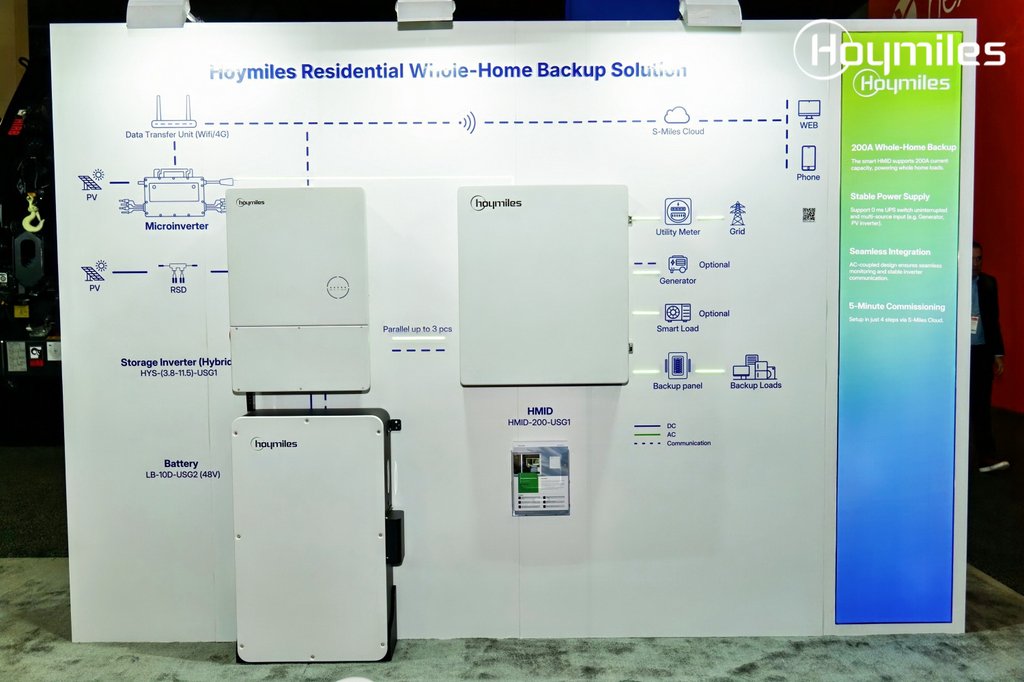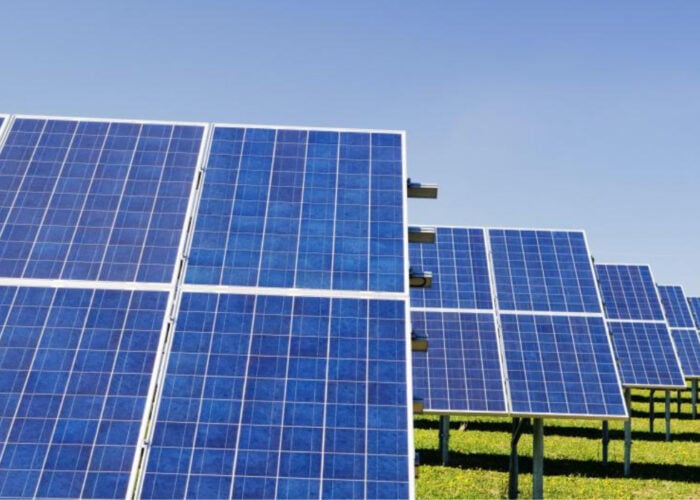Global Rise of Wind and Solar Energy in 2024
Introduction
Wind and solar energy are increasingly becoming significant sources of electricity worldwide. According to a 2024 report from the Energy Institute, several countries have achieved remarkable reliance on these clean energy sources, aligning with the Sustainable Development Goals (SDGs), particularly SDG 7 (Affordable and Clean Energy) and SDG 13 (Climate Action).
Top 10 Countries Leading in Wind and Solar Electricity Production
In 2024, the top 10 countries used wind and solar to produce at least one-third of their electricity. Notably, countries such as Denmark, Djibouti, and Lithuania generated two-thirds or more of their electricity from these renewable sources, demonstrating strong commitment to sustainable energy development.
Global Context and Comparison
- Globally, wind and solar accounted for 15% of power generation in 2024, up from 13% in 2023.
- China remains the largest producer of wind and solar energy by volume, generating 1,836 terawatt-hours (TWh) in 2024.
- Europe collectively generated 990 TWh of wind and solar energy in the same period.
- Despite China’s large volume, only about 18% of its power came from wind and solar, which is lower than the top 10 countries on the list.
Inclusion of Large Economies
The list of leading countries includes some larger economies such as Germany and Spain:
- Germany: Wind and solar contributed 43% of the country’s power generation.
- Spain: Wind and solar accounted for 42% of power generation. Despite a recent nationwide blackout blamed initially on its high renewable share, a government report clarified that poor grid planning was the actual cause.
Future Outlook and Sustainable Development Goals
The International Energy Agency (IEA) projects that by the end of the decade, wind and solar will provide nearly 30% of global electricity generation. This growth supports several SDGs:
- SDG 7: Increasing access to affordable, reliable, sustainable, and modern energy.
- SDG 9: Building resilient infrastructure and fostering innovation in renewable technologies.
- SDG 13: Taking urgent action to combat climate change by reducing greenhouse gas emissions.
As wind, solar, and battery technologies become more cost-effective and widely adopted, more countries are expected to increase their renewable energy penetration, advancing global sustainability efforts.
Conclusion
The rise of wind and solar energy worldwide marks a critical step toward achieving the Sustainable Development Goals. The progress of leading countries serves as a model for integrating clean energy solutions into national power grids, promoting environmental sustainability, and enhancing energy security globally.
1. Sustainable Development Goals (SDGs) Addressed or Connected
- SDG 7: Affordable and Clean Energy
- The article discusses the rise of wind and solar energy worldwide, highlighting countries that rely heavily on these clean energy sources for electricity production.
- SDG 13: Climate Action
- By focusing on renewable energy sources like wind and solar, the article indirectly addresses efforts to reduce greenhouse gas emissions and combat climate change.
- SDG 9: Industry, Innovation, and Infrastructure
- The article mentions technological advancements and infrastructure related to renewable energy, such as solar and battery technologies becoming cheaper and more accessible.
2. Specific Targets Under Those SDGs Identified
- SDG 7: Affordable and Clean Energy
- Target 7.2: Increase substantially the share of renewable energy in the global energy mix by 2030.
- Target 7.3: Double the global rate of improvement in energy efficiency by 2030 (implied through the adoption of efficient renewable technologies).
- SDG 13: Climate Action
- Target 13.2: Integrate climate change measures into national policies, strategies, and planning (implied by countries increasing renewable energy shares to reduce emissions).
- SDG 9: Industry, Innovation, and Infrastructure
- Target 9.4: Upgrade infrastructure and retrofit industries to make them sustainable, with increased resource-use efficiency and greater adoption of clean and environmentally sound technologies.
3. Indicators Mentioned or Implied to Measure Progress
- Share of electricity generated from renewable sources
- The article provides data on the percentage of electricity generated from wind and solar energy in various countries (e.g., Denmark, Djibouti, Lithuania, Germany, Spain, China).
- This aligns with Indicator 7.2.1: Renewable energy share in the total final energy consumption.
- Global percentage increase in renewable energy generation
- The article notes the increase from 13% in 2023 to 15% in 2024 globally, which can be tracked over time.
- Installed capacity and generation volume of wind and solar energy
- China’s generation of 1,836 terawatt-hours (TWh) of wind and solar energy is an example of volume measurement.
- Grid reliability and integration challenges
- The mention of Spain’s blackout linked to grid planning issues implies the need for indicators on grid stability and integration of renewables.
4. Table of SDGs, Targets, and Indicators
| SDGs | Targets | Indicators |
|---|---|---|
| SDG 7: Affordable and Clean Energy |
|
|
| SDG 13: Climate Action |
|
|
| SDG 9: Industry, Innovation, and Infrastructure |
|
|
Source: canarymedia.com


